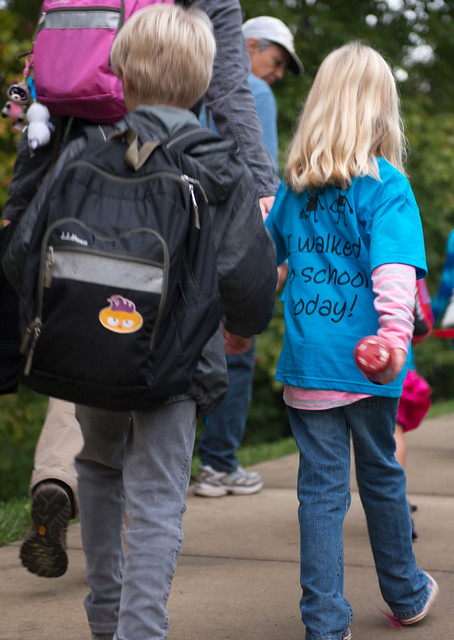Environmental measures that are designed to facilitate changes in opportunities for active school transport (AST) do not often account for individuals’ interpretations of the built environment (BE) in different urban contexts. The Built Environment and Active School Transport (BEAT) project was undertaken to explore the ways in which the transport-BE interface gives rise to the use of active or non-active travel modes as the primary travel mode for school trips. We wanted to know how children experienced and understood the transport-built environment relationship. We selected four Toronto elementary school sites in areas that differed with respect to socio-economic status and built environment. We conducted photovoice interviews with 41 children, 21 who walked to/from school, and 20 who were driven. Adopting a thematic analytic approach, this paper examines the similarities and differences in the visual narratives of children’s transport geographies and discusses some of the benefits of using photovoice with children in a study of the transport-built environment relationship.
more about sustainable urban transportation:

No comments:
Post a Comment